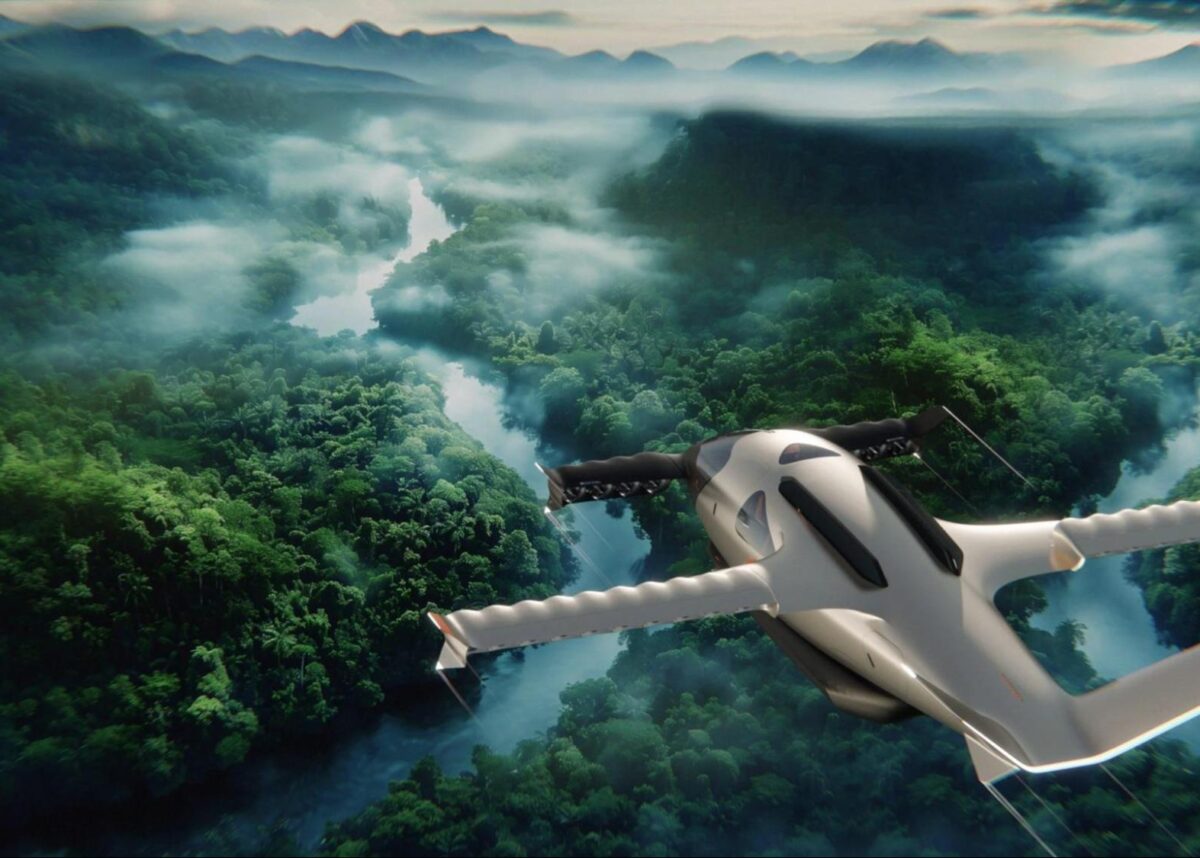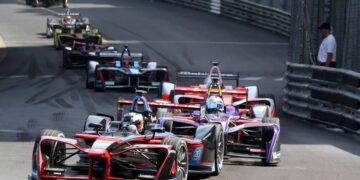It has just been announced that Sirius Aviation AG, an innovator in aviation, has signed a partnership deal with Marathon Group Australia (alongside Siemens), a leader in hydrogen and renewable energy, to help start developing zero-emission airports across the country, starting first at West Sale Airport in Victoria.
This pioneering alliance aims to revolutionize the industry by developing and integrating cutting-edge hydrogen technologies, positioning Australia at the forefront of sustainable aviation.
To help us break down this deal and changes for the future, we exclusively spoke to Alexey Popov, the CEO of Sirius Aviation AG, and Brett Singh, the CEO of Marathon Group Australia, to find out more.
1. To start off, you need to tell us how did the partnership with Marathon Group and its technology partner Siemens come to be?
Alexey Popov: Our partnership with Marathon Group Australia, which collaborates with Siemens as their technology partner, emerged from a shared vision to revolutionize aviation and airport infrastructure for a more environmentally friendly future. After discovering the potential of our Sirius Jet, Marathon Group reached out to our Communications team. They expressed interest in using our aircraft for Australia’s largest offshore wind turbine project, which will provide electricity to Victoria as coal mines close by 2035. Initial discussions quickly led to a series of meetings, and within two weeks, the partnership was solidified. We are now working together to set new standards for zero-emission travel.
Brett Singh: From the outset, it was evident that Sirius Aviation AG’s technology was a perfect fit for our projects, especially with Australia’s largest offshore wind turbine initiative. I was impressed by how well their hydrogen-powered aircraft complemented our vision for sustainable infrastructure. After reaching out to their team, and with Siemens’ valuable input, it became clear that this partnership offered significant mutual benefits. The jets’ stability, efficiency, and cost-effectiveness make them ideal for large-scale projects like offshore wind farms. Our collaboration extends beyond transport, encompassing hydrogen storage, refueling technologies, and the development of sustainable aviation infrastructure.
2. Out of all the countries, why has Sirius Aviation AG targeted Australia as a prime destination to create change within sustainable aviation?
Alexey Popov: Australia is uniquely positioned for sustainable aviation due to its abundant renewable energy resources, vast geographical area, and strong governmental support for sustainability. The country’s significant solar and wind resources facilitate the production of green hydrogen, which is central to our zero-emission vision. Partnering with Marathon Group allows us to integrate hydrogen production with existing renewable projects, advancing Australia’s renewable energy goals. This collaboration not only supports Australia’s transition to a low-carbon economy but also sets a model for sustainable aviation that can be replicated globally.
3. Where in Australia are you targeting creating these zero-emission airports, or which airports currently to revamp?
Brett Singh: Our immediate focus is on West Sale Airport in Victoria, which is pivotal for the offshore wind turbine project. This site will serve as a model for our zero-emission vision, demonstrating the integration of hydrogen technologies. Additionally, we are targeting Bankstown Airport in Sydney, the busiest general aviation airport in Australia; which has already approved hydrogen refueling capabilities. These airports will serve as early adopters of our zero-emission infrastructure, with the next steps involving coordination with local authorities, corporates, and government departments to build the necessary infrastructure.
4. Will this cost passengers more or less for flights in the future at airports?
Alexey Popov: Hydrogen technologies not only advance our environmental goals but also offer economic advantages. Hydrogen is projected to be cheaper than traditional jet fuels now, and Sirius Jets operate at up to eight times lower costs than conventional light jets. This cost efficiency will enable us to offer more affordable regional travel options, making sustainable aviation a viable option for more passengers.
Brett Singh: The integration of hydrogen technology and the use of Sirius Jets are expected to reduce operational costs significantly. Hydrogen fuel is more cost-effective than traditional jet fuels, which we anticipate will lead to lower ticket prices. Our goal is to make sustainable air travel more accessible by providing cost-effective regional travel options, benefiting a broader community.
5. What other “sustainable infrastructures” will you be developing and putting into place?
Alexey Popov: Our partnership focuses on more than just airports. We are developing vertiports, enhancing hydrogen production, distribution networks, and integrating these infrastructures with renewable energy sources. Sirius Jet’s point-to-point flights provide flexibility, enabling us to meet diverse needs such as cargo transport, crew transport, business travel, and air ambulance services– all while upholding our commitment to sustainability.
Brett Singh: In addition to zero-emission airports, we are committed to creating a comprehensive ecosystem of sustainable infrastructure. This includes integrating renewable energy sources like solar and wind with hydrogen production, advancing hydrogen storage and refuelling capabilities, and developing green transportation solutions for airport connectivity. Our vision extends to creating sustainable buildings, implementing advanced waste management systems, and ensuring that every aspect of our operations contributes to a greener future.
6. When do you foresee your goals being completed by, and which government officials have been supporting your efforts (if you can say)?
Alexey Popov: We plan to deliver the first Sirius Jet in 2028, marking a significant milestone in our zero-emission aviation journey. Our efforts are supported by various levels of government, although specific names cannot be disclosed at this time. Their backing is crucial for overcoming the regulatory and logistical challenges of introducing new technologies and infrastructure.
Brett Singh: We are working closely with government bodies that support our vision of a zero-emission future. The Australian government’s commitment to sustainability has been a key driver of our initiatives, and we are grateful for the support we have received. By working together, we can ensure that our projects align with broader national goals and contribute to a greener, more sustainable future for Australia and beyond.
7. What other countries are you looking at expanding into with your jets and airports? Is London on the list?
Alexey Popov: Our expansion plans are global. We have received orders from Australia and India, and are in advanced negotiations with customers in the United States and Europe. London is also on our list, particularly for routes like London to Monaco. Our point-to-point zero-emission Sirius Jets will offer a direct, private, and environmentally friendly travel experience, reducing travel time, operational expenses, and environmental impact.
Brett Singh: Expanding into new markets is a key part of our strategy. We are targeting regions with strong demand for sustainable aviation solutions. By providing a green alternative, we aim to set a new standard for global aviation. London, among other key locations, will benefit from our innovative approach.








 Explore top-rated compensation lawyers in Brisbane! Offering expert legal help for your claim. Your victory is our priority!
Explore top-rated compensation lawyers in Brisbane! Offering expert legal help for your claim. Your victory is our priority! 

 "
"


